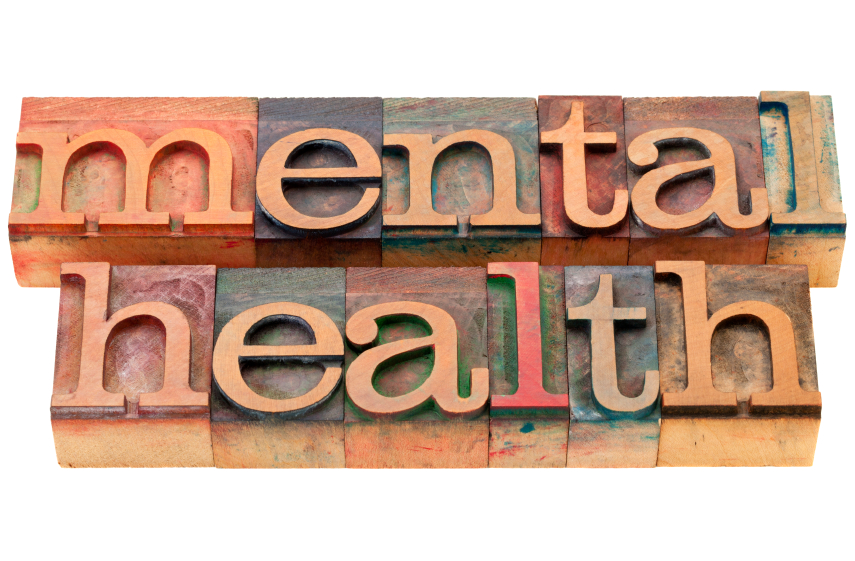In yesterday’s Advisor, Graeme Cowan shared the first five of his eight strategies employers can use to foster mental health; today, he reveals the rest of his tips for addressing this important issue.
 |
Cowan is the author of Back from the Brink: True Stories and Practical Help for Overcoming Depression and Bipolar Disorder.
6. Target High-Risk Employees
Many organizations have observed that mental stress is highest where engagement levels are lowest. Central to improving health outcomes will be identifying the specific areas where employees are disengaged. There will undoubtedly be performance issues in these areas.
Another key step in identifying high-risk employees is knowing what signs indicate they may be suffering from depression or anxiety. If a normally reliable employee starts calling in sick more than usual, missing deadlines or meetings, looks tired or overwhelmed, or has a decrease in overall performance, he or she could be suffering from a mental health issue.
“Employers, managers, and coworkers should also keep an eye out for changes in temperament,” notes Cowan. “For example, maybe an employee was well known for greeting you and other coworkers each morning or making friendly conversation during work breaks, but now goes straight to his desk or spends his breaks alone or surfing the Internet. These could each be signs that depression has taken hold and certainly indicate that it might be time to check in with this person to see how he’s doing.”
62 million Americans experience a mental health issue every year… are your HR functions compliant with laws protecting them? Learn More
7. Teach Managers and Team Members How to Ask, “Are You OK?”
Fifty-one percent of employees believe that the most effective way to address harmful stress is “speaking to someone at work.” “This creates a compelling case to increase the will and skill of managers and team members to ask, ‘Are you OK?’ and encourages the stressed employee to take action,” says Cowan. “I recommend a four-step process to building trust and helping someone you are concerned about. First, break the ice. The best ice breaker? Simply ask, ‘Are you OK?’ Next, listen without judgment. Then, encourage action. And finally, follow up.
“Many managers are paralyzed by the fear of saying the wrong thing and opt for saying nothing instead. I guarantee that if you approach the conversation with a genuine effort to ‘put yourself in their shoes,’ your intent will be felt and appreciated. Compassion or emotional support plays an essential role in recovering from depression. Employees say that when a supervisor or coworker shows they care about them as a person, it is the biggest predictor of recovery and return to productivity.”
8. Monitor Progress and Share Success Stories
It’s simple: What gets measured gets managed. That’s why your organization no doubt monitors absenteeism, employee turnover, and profitability—they are all essential to success. “Surveys that identify employee engagement and stress levels should be added to this dashboard,” says Cowan. “And leaders should be very conscious of sharing mental health success stories—with the permission of the employee in question, of course.”
“Yes, transforming your company’s culture can seem like a daunting task, but if you want to continue to succeed in a rapidly changing world, it is not optional,” Cowan concludes. “Just take this process one step at a time, making sure that rewards, processes, policies, and guidelines all reflect your commitment to improved mental health. The ROI your organization receives—in employee engagement, loyalty, and productivity—will be worth it.”
Mental wellness has become a prominent issue in our society. From depression to anxiety, bipolar disorder to phobias, mental illness of some kind probably affects some of your employees.
HR & Mental Health—the new online information service from BLR®—delivers everything you need to shield your organization from discrimination, harassment, interference, retaliation, negligent hiring, and many other risks that arise when mental health issues arise.
Depression … anxiety … bipolar disorder …. Real employee conditions that call for a careful HR response. Are you prepared? Click Here
HR & Mental Health is the new online information service from BLR® that helps you make better personnel and policy decisions. It features:
- Briefings and whitepapers that explain what the latest regulations, court cases and mental health trends mean for your workplace, your policies, and your practices.
- Managing Mental Health in the Workplace, the online reference that explains HR rights and obligations when facing ANY mental illness situation.
- Checklists & forms, handy timesavers that help you spot and correct policy problems.
- Training programs that bring managers and supervisors up to speed with crucial employee mental health conditions and their compliance challenges.
- HR community feedback detailing both rare and common situations, and how to manage them correctly.
Try HR & Mental Health at no risk.
